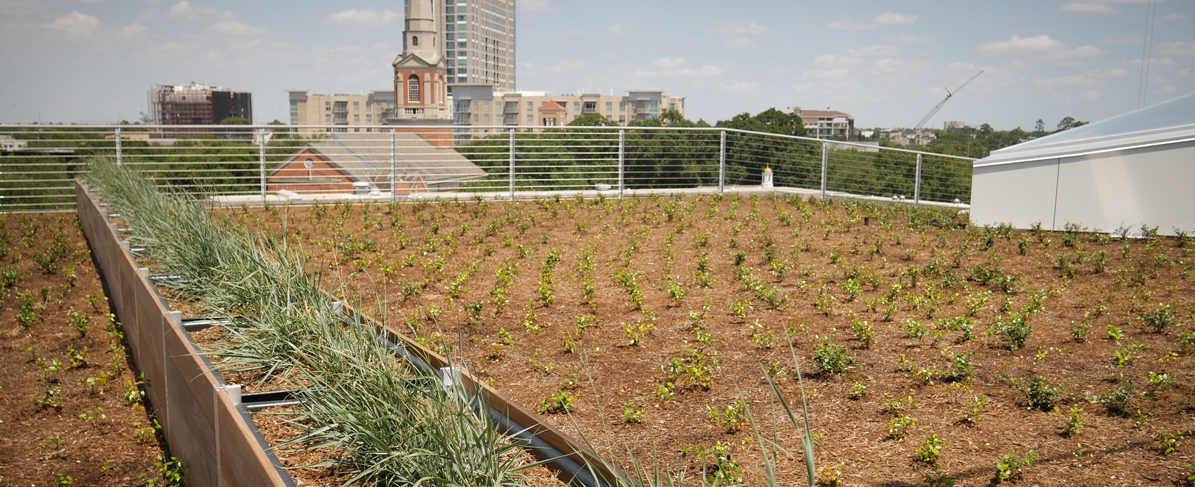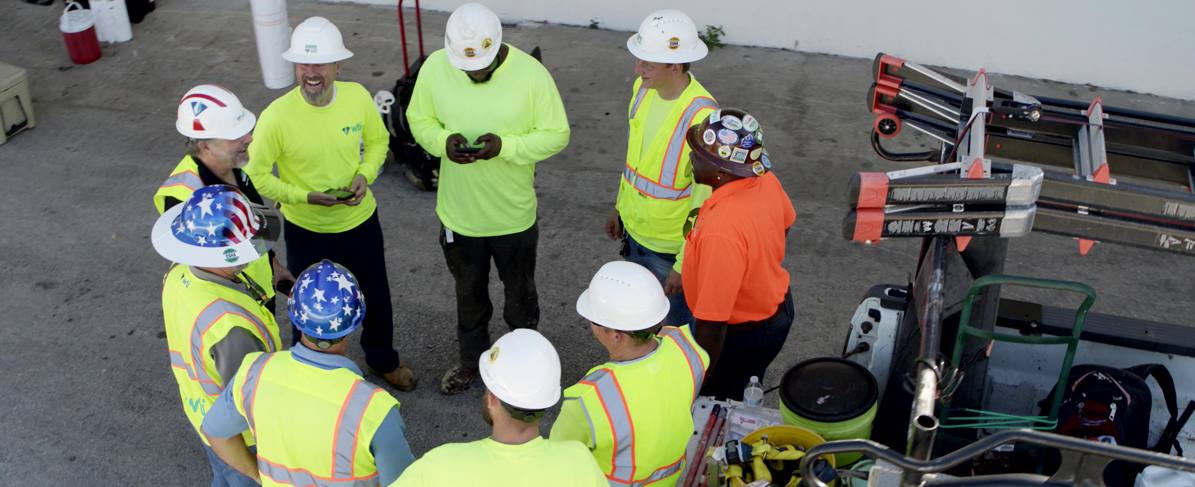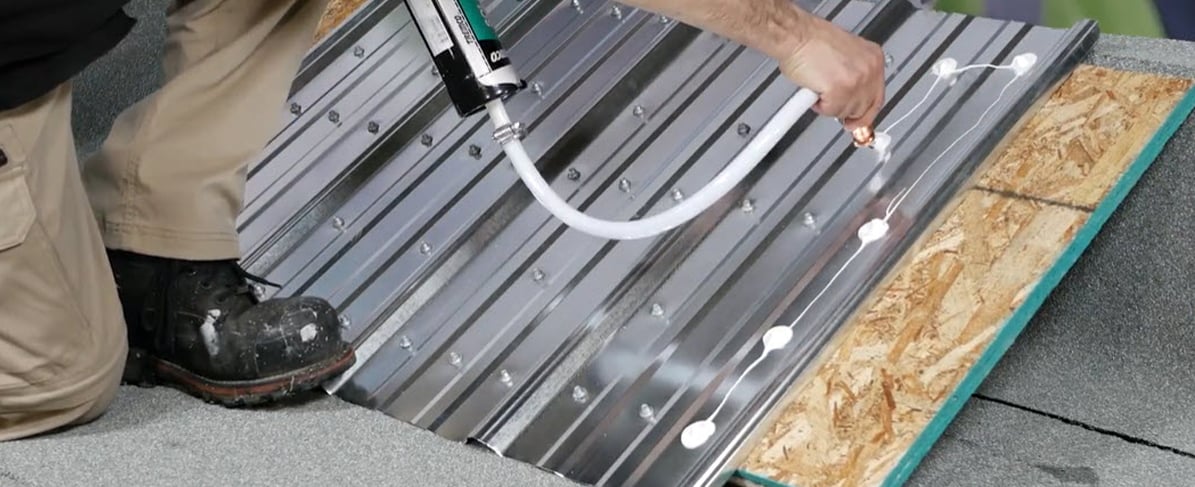What is a vegetated (green) roof? The straightforward answer would be it’s a roof with plants on it…but a green roof is much more than that.
Green roofs, better known as vegetated roofs today, are roofs of a building that are partially or completely covered with vegetation and growing media, planted over a waterproofing membrane. Other vegetated roof components include root barrier, drainage layer and filter fabric.
Vegetated roofs are more than just aesthetics. These systems provide public and private benefits that can help satisfy the wide variety of challenges faced by today’s designers.
It’s important to choose a vegetated roof system that helps ensure every architectural design team, building owner and facility manager achieves a sustainable, innovative and cost-effective design.
So why exactly do we need vegetated roofs? Yes, plants reduce carbon dioxide and produce oxygen, but why else?
Take a look at some of the benefits of vegetated roof systems:
- Increase life expectancy of a roof. Expand roof life 2x3 times (up to 60 years) which translates into energy savings by cooling the roof top.
- Moderation of urban island effect. Reduce storm water runoff and the “heat island” effect, essentially meaning the temperature is few degrees higher in the cities and their surrounding rural areas.
- Energy efficiency. Moderates rooftop and interior building temperatures, resulting in potential HVAC savings.
- Increase biodiversity. Helps to preserve and protect any endangered native flora and fauna and provides otherwise unavailable habitats for urban wildlife (birds, bees, and insects mainly).
- Improved air quality. As many green roof system components are made of recycled materials, they help divert many sources of plastic pollutants every year from entering landfills. Vegetation allows for natural filtering of airborne pollutants, therefore creating cleaner fresher air.
- Beautify the built environment. Adds aesthetic and natural appeal to otherwise industrial and/or urban areas.







